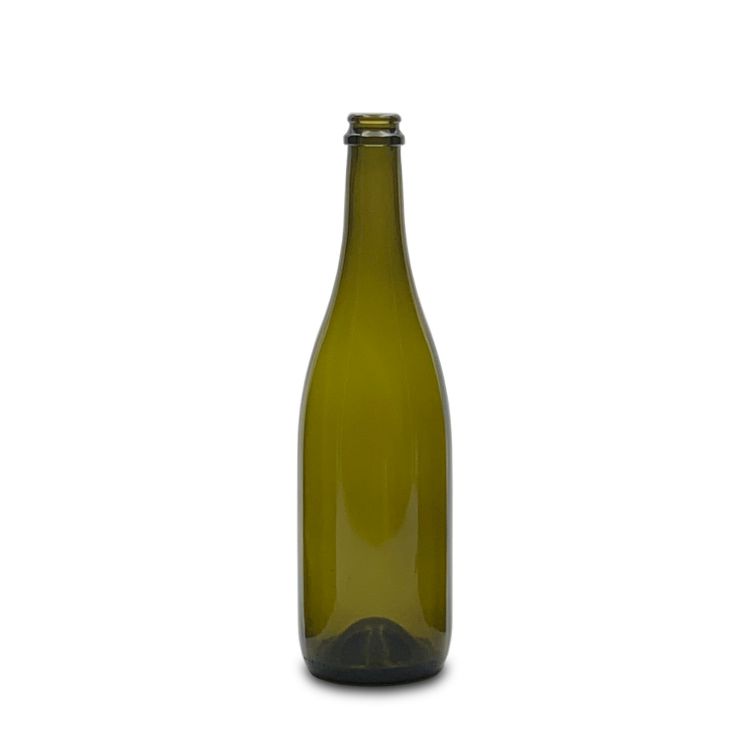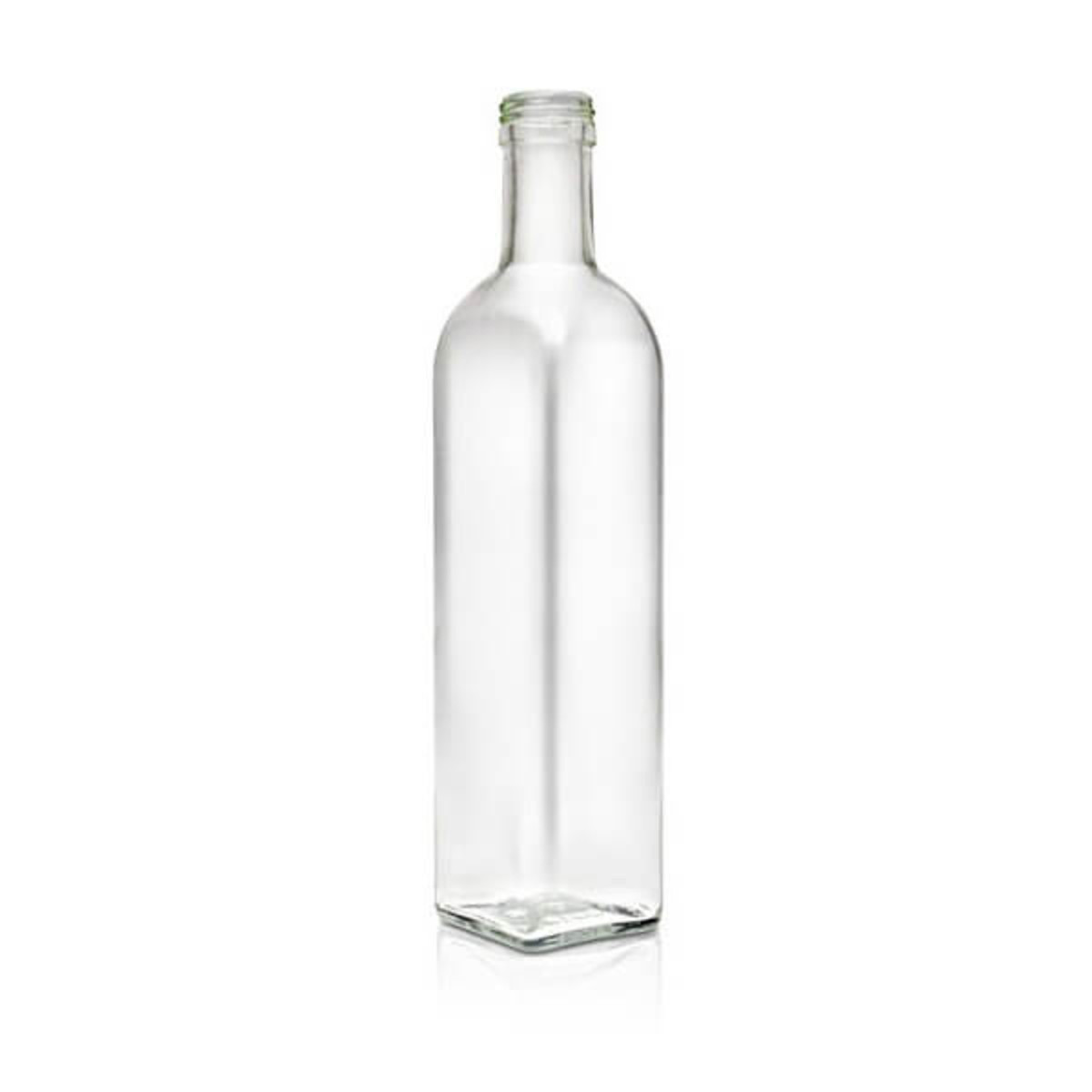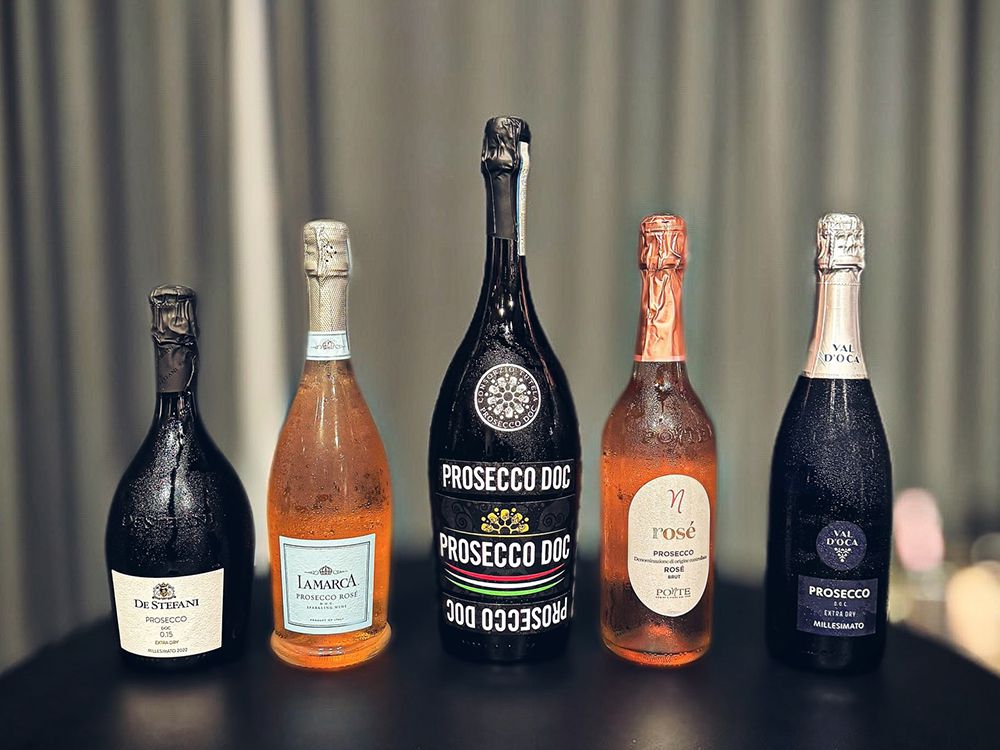A standard 750 ml bottle of champagne typically yields about five to six glasses when using the common 125-150 ml serving size. However, this can vary based on factors such as bottle size, glass size, and pour volume. For a broader understanding of champagne servings, bottle sizes range from the petite Piccolo to the grand Nebuchadnezzar, each offering a unique quantity of servings. This article provides a detailed overview of champagne bottle sizes and their corresponding servings, aiding consumers in selecting the right bottle for any occasion.

Understanding Champagne Bottle Sizes and Servings
Champagne bottles come in various sizes, each serving a different purpose and catering to diverse needs. From small gatherings to grand celebrations, knowing the exact number of glasses in a bottle helps plan quantities effectively. Below is an outline of standard bottle sizes, their volume, and the approximate number of servings they provide.
Standard Champagne Bottle Sizes
| Bottle Size | Volume (ml) | Approximate No. of Glasses (125 ml servings) |
|---|---|---|
| Piccolo (Quarter Bottle) | 187.5 | 1.5 |
| Demi (Half Bottle) | 375 | 3 |
| Jennie | 500 | 4 |
| Standard Bottle | 750 | 6 |
| Magnum | 1500 | 12 |
| Jeroboam (Double Magnum) | 3000 | 24 |
| Methuselah | 6000 | 48 |
| Nebuchadnezzar | 15000 | 100+ |
Factors Influencing Glass Count per Bottle
1. Pour Size and Glassware
- Standard champagne pours range from 125 to 150 ml, with flutes often designed to hold around 125 ml. In contrast, wider champagne glasses, like coupes, may accommodate up to 200 ml. Consequently, larger pours will reduce the number of servings per bottle.
2. Bottle Size Variations
- Champagne bottles vary significantly in size. For instance, while a Magnum holds twice the liquid of a standard bottle, offering around 12 glasses, a Nebuchadnezzar holds enough champagne to fill more than 100 glasses, ideal for large gatherings.
3. Occasion and Serving Style
-
- Serving style plays a crucial role. For formal toasts, smaller glasses are common, allowing more servings per bottle, while informal gatherings might favor more generous pours.

How to Select the Right Champagne Bottle Size
When planning an event, choosing the right bottle size helps manage servings without excess waste. Smaller bottles, like the Piccolo or Demi, are ideal for intimate settings or personal celebrations, while larger bottles, like Jeroboam and Methuselah, cater to bigger gatherings, ensuring everyone gets a glass.
The Impact of Glass Type on Serving Size
Not all champagne glasses are created equal. Traditional flutes, with their narrow shape, preserve carbonation and typically accommodate around 125 ml. Coupes, popular in earlier decades, allow for larger pours and a quicker dissipation of bubbles, which can affect the taste experience.
The Rise of Modern Champagne Glasses
In recent years, the industry has seen a shift towards wider, bowl-shaped glasses for champagne, such as those designed by Riedel. These glasses, resembling wine goblets, provide a larger surface area, enhancing the champagne’s aroma. However, they also hold more liquid, which could reduce the number of servings per bottle.
Serving Suggestions for Different Occasions
Small Gatherings and Individual Celebrations
For small gatherings or personal enjoyment, the Piccolo and Demi bottles offer ideal portions without excess. These sizes are convenient, single-serve options that minimize waste.
Corporate Events and Weddings
Larger bottles, like the Magnum and Jeroboam, are perfect for corporate events or weddings, providing more glasses per bottle, ensuring enough champagne for toasts and celebratory moments.
Table of Serving Sizes Based on Glass Type
| Glass Type | Typical Volume (ml) | Approximate Servings (750 ml bottle) |
|---|---|---|
| Traditional Flute | 125 | 6 |
| Coupe | 150-200 | 4-5 |
| Wide-Bowled (e.g., Riedel) | 175-200 | 4-5 |
FAQs about Champagne Bottle
1. How many servings are in a 1.5L Magnum bottle of champagne?
A Magnum contains approximately 12 servings when poured into standard 125 ml glasses.
2. What’s the best glass for serving champagne?
Flutes are traditional, but wide-bowled glasses are gaining popularity for enhancing aroma and taste.
3. How many glasses are in a Jeroboam?
A Jeroboam, or Double Magnum, holds about 24 glasses based on 125 ml pours.
4. Does the pour size impact taste?
Yes, larger pours in wider glasses can enhance the aroma but may affect carbonation.
5. Which champagne bottle is best for weddings?
For large celebrations like weddings, a Jeroboam or Methuselah is often ideal due to the higher volume.
Summary of Key Points
- A standard 750 ml bottle yields around five to six glasses.
- Glass type influences serving size, with flutes providing more servings than wide-bowled glasses.
- Bottle size matters for larger events, with Magnum and Jeroboam being popular choices.
- To maximize taste and aroma, consider the type of glass and occasion.

























